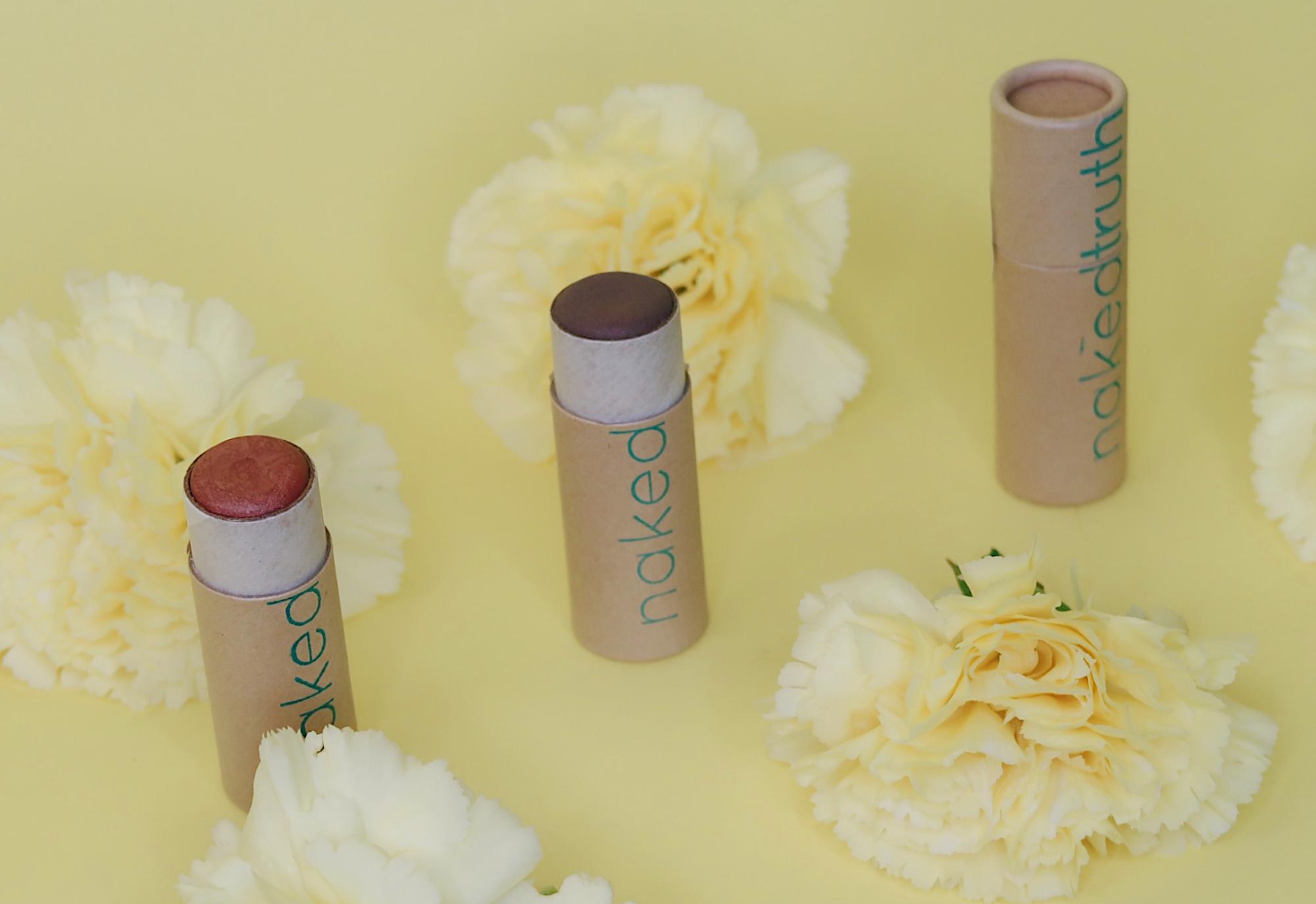Protect yourself from more than the sun: Everything you need to know about sunscreen
I still have my grandmother's words ringing in my ears: "The sun is not your friend." It's true – too much sun certainly is not your friend (but the vitamin D you get from it is). We're used to hearing that too much sun will give us cancer and cause premature aging, and we've been taught to wear sunscreen every day – if not to protect our health, at least for the sake of vanity.
However, in our fervor to guard ourselves against the sun's furious rays, we often don't stop to ask ourselves if the ingredients in mainstream sunscreens are actually a better option. Spoiler: They're not great. Read on to learn everything you need to know about choosing a sunscreen.
1. What is a sunscreen?
Sunscreen refers to a lotion that contains chemicals that absorb UV rays to protect our skin from the damaging effects of the sun.
2. What are UV rays?
UV rays are light waves from the sun. There are three types (based on different lightwave lengths), but only two that are relevant to skincare.
UVA rays are the longest, harm the deepest layer of the skin, and cause damage we can't see. These causes premature aging and wrinkling ("photoaging"), and contribute to skin cancer.
UVB rays are medium length, damage the top layers of the skin, and are what cause tans and sunburns. These also contribute to early signs of aging and can cause skin cancer.
UVC rays are the shortest in length, and are absorbed by the ozone layer (we're not worried about these).
3. What is broad-spectrum, or full-spectrum, sunscreen, and why does it matter?
Broad-spectrum refers to sunscreen that protects against the full range of the UV spectrum (short and long waves). Certain chemical sunscreens can only absorb certain lengths of UV rays, making them better/worse for UVA or UVB protection. For this reason, you'll often find that sunscreens contain multiple active ingredients in order to block the different UV ray lengths (there is even length variability within each type). Broad-spectrum means it should be blocking "all" of the UVA and UVB rays.
The danger of fun in the sun, and I don't mean sunburns
For the record, my attempt is never to fear monger or shame (I know we're all just doing the best we can), but it's difficult to talk honestly about this without bringing up some scary stuff. So, please know, I have the best of intentions.
While UV rays can cause damage, so can the chemicals we're using to protect ourselves from them. One of the most common ingredients in sunscreens is oxybenzone. According to EWG, the CDC routinely detects oxybenzone in 96% of the U.S. population tested (96%!!). EWG gives oxybenzone a whopping 8 out of 10 (10 being the worst) for endocrine (hormone) disruption, allergic reactions, bioaccumulation (it builds up in your body) and persistence (and stays there), and enhanced skin absorption (amplifies the potential harm of any chemicals present). It affects babies in-utero, and also makes its way into breastmilk. I won't reguritate the article for you, but the short version is that the hormone disruption is no joke: It may cause lower levels of testorone in boys, as well as harm the health of male sperm and contribute to infertility, among other things. It's just not worth using when there are other options.
Plus, oxybenzone is also bad for the environment. It damages the DNA of and kills coral reefs (think of coral reef bleaching), the effects of which are so devastating that Hawaiian lawmakers banned oxybenzone and octinoxate earlier this year. (Very cool, go, Hawaii!)
The good news is you can stop using oxybenzone and other chemical sunscreens right now, to the immediate benefit of your body and the environment. Yay!
The sunscreen alternative: Sunblock (and by that I mean "minerals")
Whereas sunscreen refers to chemicals that absorb UV rays, sunblock refers to particles that physically block them. These are mineral sunblocks. While minerals aren't perfect, they're the best alternative to chemical sunscreens (other than staying out of the sun or covering up). I'm making this diction distinction here, but the term "sunscreen" is still super common for mineral options.
Mineral Sunblock
There are two minerals eligible for sun protection: Zinc oxide and titanium dioxide. You may remember zinc oxide from the white-nosed lifeguards of decades past. Like chemical sunscreens, you'll often see some combination of the two on the product label, which is fine. What you really want is for zinc oxide to be present. This is because zinc oxide provides better defense against UVA rays (as well as blocking UVB rays) than both titanium dioxide and chemical sunscreens. That's right, it outperforms chemical sunscreens. Pretty cool, right?
White-caste and Nanoparticles
The most common complaint of mineral sunblocks is that they leave a white cast. This is because zinc oxide and titanium dioxide are white particles that must be physically present to block those damaging rays. Some formulators try to get around this by using teeny-tiny mineral particles, called nanoparticles, that provide a smoother and less-obvious application. However, nanoparticles are controversial for a couple reasons.
First, the smaller the particle is, the better the SPF protection, and the worse the UVA protection (for this reason, it's good to choose a middle of the road SPF number – I'm a fan of 30 – and reapply). SPF only measures UVB rays, so the tiniest particles are not ensuring good balance of protection. Second, there is concern that nanoparticles (nanoparticle < 100nm) can absorb through the skin and cause damage, but there is no evidence that this is true. Regardless, non-nanoparticle options are best practice (but don't stress about it). Naked Truth Beauty uses only non-nanoparticle titanium dioxide in our products!
As for white cast: Embrace it. The white cast means there is enough of the mineral agent there to do it's job. Mitigate the unflattering Casper glow by choosing a tinted option, or by putting face makeup over it.

Minerals as powders
The only way that zinc oxide and titanium dioxide are known to be harmful to humans is via inhalation, which can cause respiratory system damage long-term. To oversimplify, the particles aren't big enough to be coughed up, and not small enough to be absorbed, so they get – well – stuck. Interestingly, how do we often see mineral makeup? As loose powders. So, as tempting as it is to get powder sunscreens, I recommend a cream formula (that's a big reason why Naked Truth Beauty makeup is all cream formula!), or, at the very least, holding your breath while you apply it.
Environmental Impact
Unfortunately, mineral sunblock isn't perfect. In fact, because minerals are physical blockers of the sun's rays, they pose a serious risk to the (marine) environment by blocking photosynthesis. As a result, it's important to use oil-based sunblock when you're in the ocean because it will be less likely to wash off into the water (because oil and water don't mix). I'm not saying that none of it will wash off, but much, much less.
Long story short, there's not one perfect answer, but there is a better answer. Aside from staying out of the sun or wearing protective gear (hats, sleeves, yadda, yadda), an oil-based mineral sunscreen is the best option for our bodies and the environment.
What to buy
We're lucky to have lots of options these days for healthier sunscreen. Check out some of my favorite options here.




